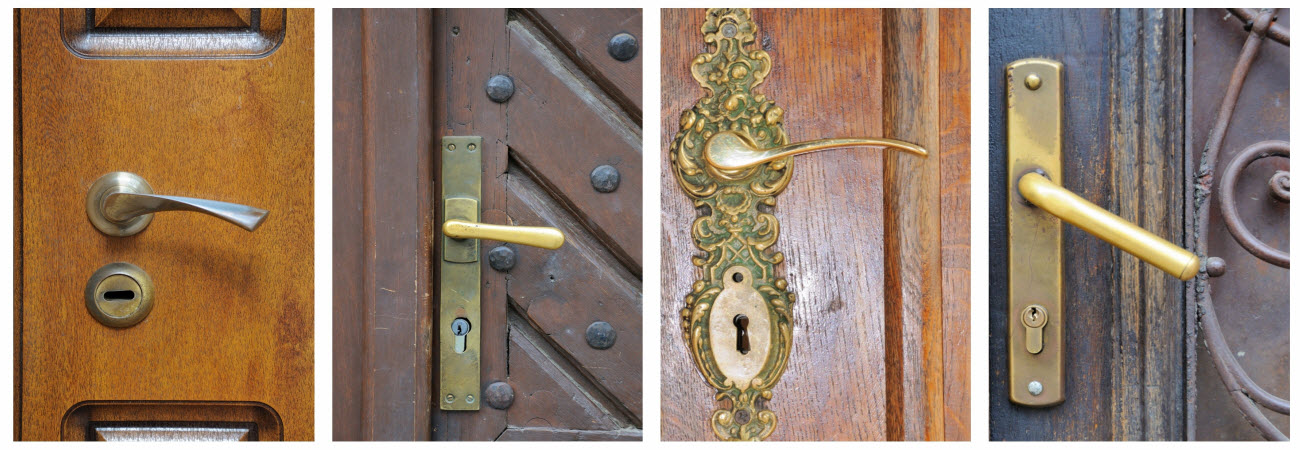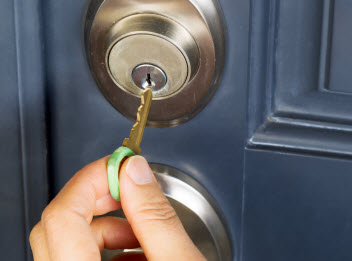Archives: November 2017
It is fairly customary that applicable manufactured products have some kind of grading system to help consumers understand the quality of different products. This grading system is imposed on the different locking mechanisms used for residential use as well as commercial. A separate entity from the manufacturer takes the product at hand where a team of experts band together and inspect the specs, run diagnostic testing, as well as undertake experiments to test the performance where an overall grade is given to determine the quality. With that in mind, we at Protect Lock & Key would like to take the opportunity to discuss the various grades given to the different locks to help you better understand the level of security they offer.
ANSI Grade 1, 2 and 3 Locks
When it comes to grading the locks, the American National Standards Institute or ANSI, which is a private, nonprofit that administers voluntary performance standards of builder’s hardware with a team of specialists, tests and evaluates locking products. A series of operational and security tests to identify the ANSI rating is conducted to determine the overall durability and quality of the lock-sets. The grading system is associated with three levels of security and durability, or grades. These grades are as follows:
Certification Grade 1 – Highest grade of security and the strongest grade of durability is recognized by the ANSI for any residential home, or commercial business.
Certification Grade 2 – High grade of residential security engineered and designed to excel in security and durability for residential homes, and a few light commercial applications.
Certification Grade 3 – Basic grade of residential security, which the lowest grade designated by ANIS, and offers the minimal security in residential home’s locks and not ideal in the commercial setting.
How Are Locks Graded?
Below are just a handful of the main criteria points used in testing locks to determine ANSI grades to give you an idea how locks are graded and tested.
1) Projection of Latch Bolt: A point noted is the limited extent of the latch bolt projection outside the lick case. The harder it is to be jimmied open, the further it extends. To create a higher level of security they further it will project beyond the strike plate, the longer the latch bolt.
2) Projection of Dead Bolt: Much like the latch bolt test, the dead bolt undergoes similar endurance testing. The latch bolt need only be ½” long and the mortise lock is required to be ¾” long, however the Grade 1 dead bolts have to be 1” long.
3) Impact Strike Resistance: An extremely important part of the process is the strike impact test or the hammer test. A potential thief attempting to bash or kick the lock open rates the impact of this rather basic concept of the testing process. To earn the Grade 1 the locks need to be designed to take over 2 times as much force as Grade 3 locks. A Grade 3 can only endure 3 hammer strikes whereas the Grade 1 deadbolt can withstand up to 10 hammer strikes for an example. .
4) Cycles: The smoothness of function, longevity in way of durability and the overall performance is done with the cycle test. Turning the knob or lever handle to totally retract the latch, and then letting it to fully re-latch voluntarily or manually counts as one cycle. The Grade 1 locks will continue to cycles through far more than the other grades will. To earn the Grade 1 lock it has to reach a minimum of 800,000 cycles, where the Grade 3 knob lock only have a minimum of 200,000 cycles, for example.
Locksmith Services in Killeen, Temple, San Marcos, College Station, Portland, Aransas Pass & Waco, Texas
If you are looking to upgrade your locks and want to ensure the highest grade and quality locks for your home or business, contact the professionals of Protect Lock and Key and our specialists will help you find the most optimal lock for your needs and get it installed quickly and efficiently.






